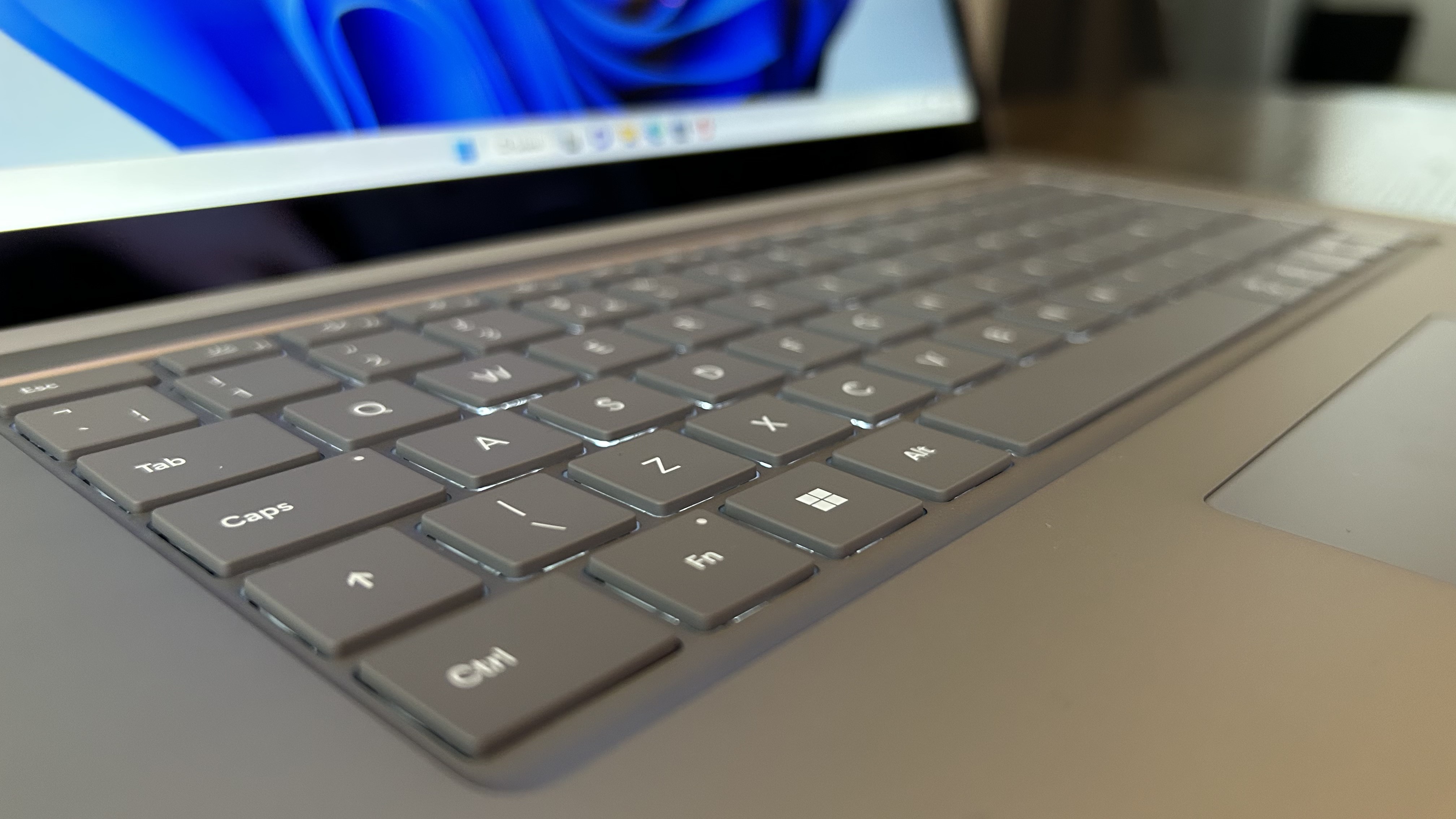
On Windows 10, the system offers a slew of keyboard shortcuts to help you quickly navigate and perform actions using one or multiple key combos, which otherwise would take many more clicks and time to complete the task with the mouse.
Although the operating system has a long list of shortcuts, you don't need to learn every one of them. You only need to remember those that will help you make your workflow easier and help you finish tasks faster.
In this how-to guide, I'll outline the most helpful keyboard shortcuts for navigating and operating the desktop and apps. You can also check out these additional shortcuts for Windows 11.
Windows 10 keyboard shortcuts
This comprehensive list includes the most helpful keyboard shortcuts to perform tasks on Windows 10.
Essential shortcuts
In this list, I'm including the most essential keyboard shortcuts anyone should know on Windows 10:
Desktop shortcuts
You can use these keyboard shortcuts to open, close, navigate, and perform tasks faster throughout the desktop experience, including the Start menu, Taskbar, Settings, and more.
File Explorer shortcuts
On Windows 10, these are the most useful keyboard shortcuts you can use on File Explorer:
Settings page shortcuts
This list includes the keyboard shortcuts for the dialog box legacy settings pages (for example, Folder Options).
Command Prompt shortcuts
On Command Prompt, you can use these keyboard shortcuts will help to work more efficiently and save time:
Microsoft Edge shortcuts
On Microsoft Edge, you will benefit from these keyboard shortcuts. These shortcuts apply to any version of Windows.
Windows key shortcuts
The "Windows key," combined with other keys, allows you to perform many useful tasks, such as launching Settings, File Explorer, the Run command, apps pinned in the Taskbar, or opening specific features like Narrator or Magnifier. You can also complete tasks like managing windows and virtual desktops, taking screenshots, locking the account, and more.
This list includes all the most common keyboard shortcuts using the Windows key.
It's important to note that specific Windows features and other third-party apps like Google Chrome, Firefox, Adobe Photoshop, and many others also have keyboard shortcuts. In this case, you want to check the software vendor documentation to learn more about them.
More resources
For more helpful articles, coverage, and answers to common questions about Windows 10 and Windows 11, visit the following resources:







